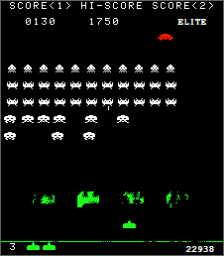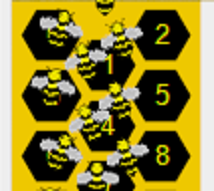Applying constraints
From a little Googling, the average landing by Apollo lunar landers was 3ft/s, which is 2 mph. Martin’s 1.66 mph is well within the valid range.
His approach (binary search) is an extremely efficient way to simplify the problem. What it boils down to, is simply that due to the 200 fuel burn limit, starting below 47 miles results in a crater.

Therefore your problem becomes 200 for altitudes below 47 miles, and to work out how much at/above 47 results in the desired answer.
You start with 100, and find it craters.

200 is too much. But why a crater? Because the ship starts to go upwards(!) before it falls with nothing to slow it down (315 seconds is a bit of a clue).

So you try 150 and decide whether higher or lower is better. Each time you go somewhere in the middle. I guess Martin did that (programmatically).
Using an evolutionary AI approach (generations of landers) isn’t going to do it more efficiently. I am fairly sure that burning more earlier and less than 200 later does not result in more fuel left at the end.
On the next page, let’s look at inputs vs. output.







